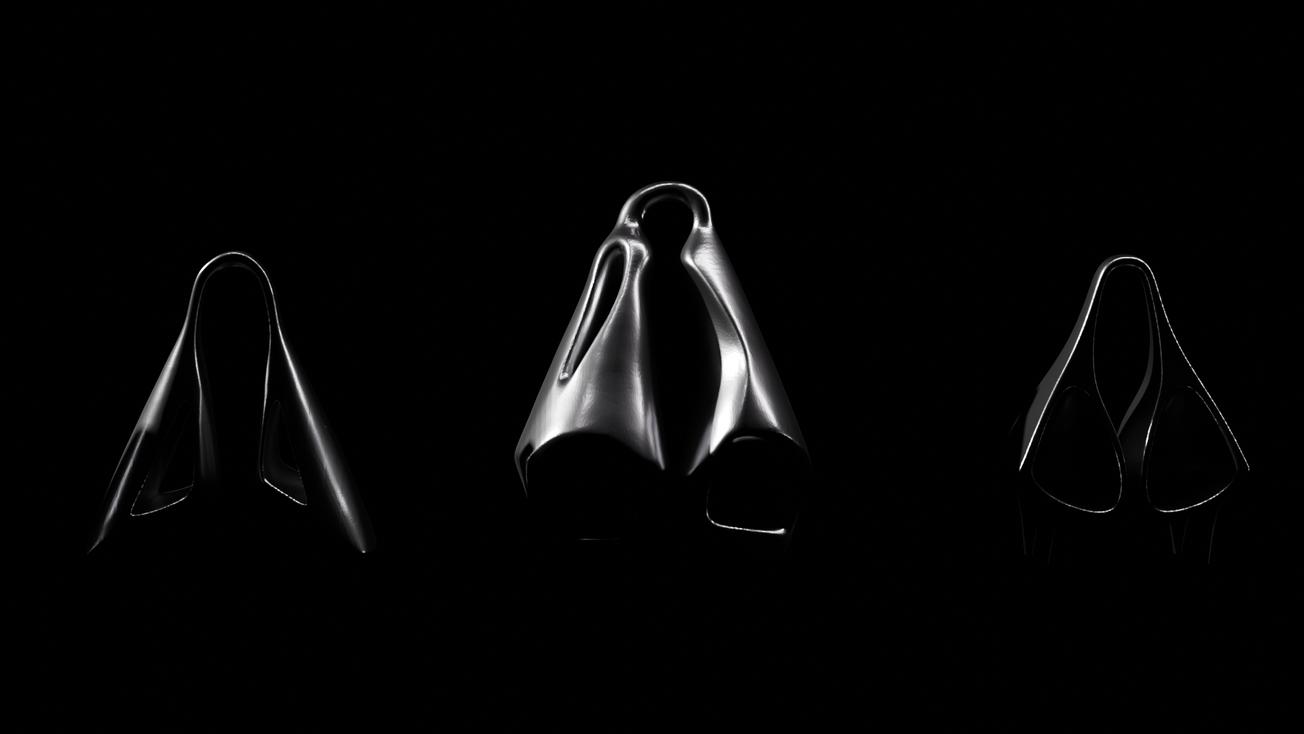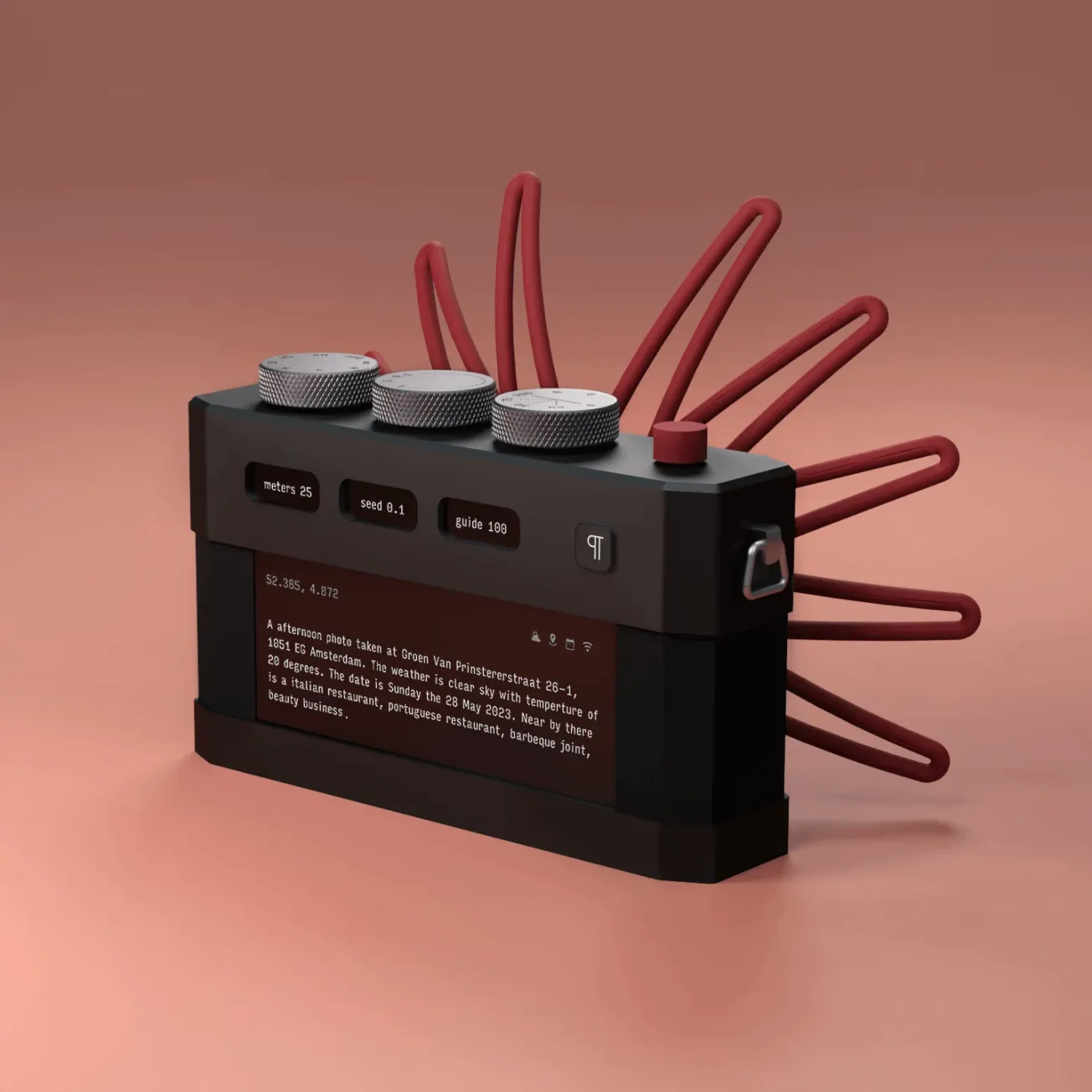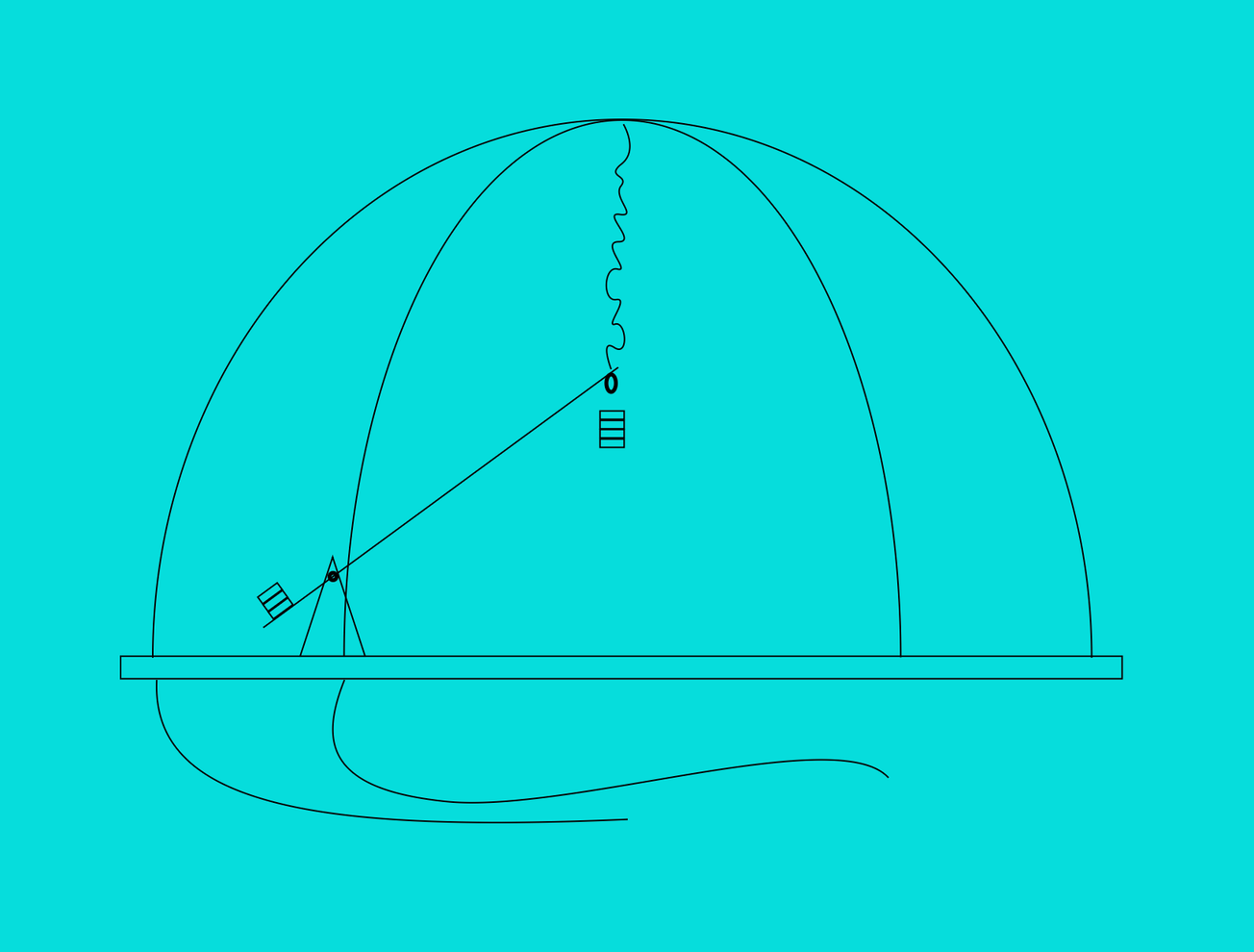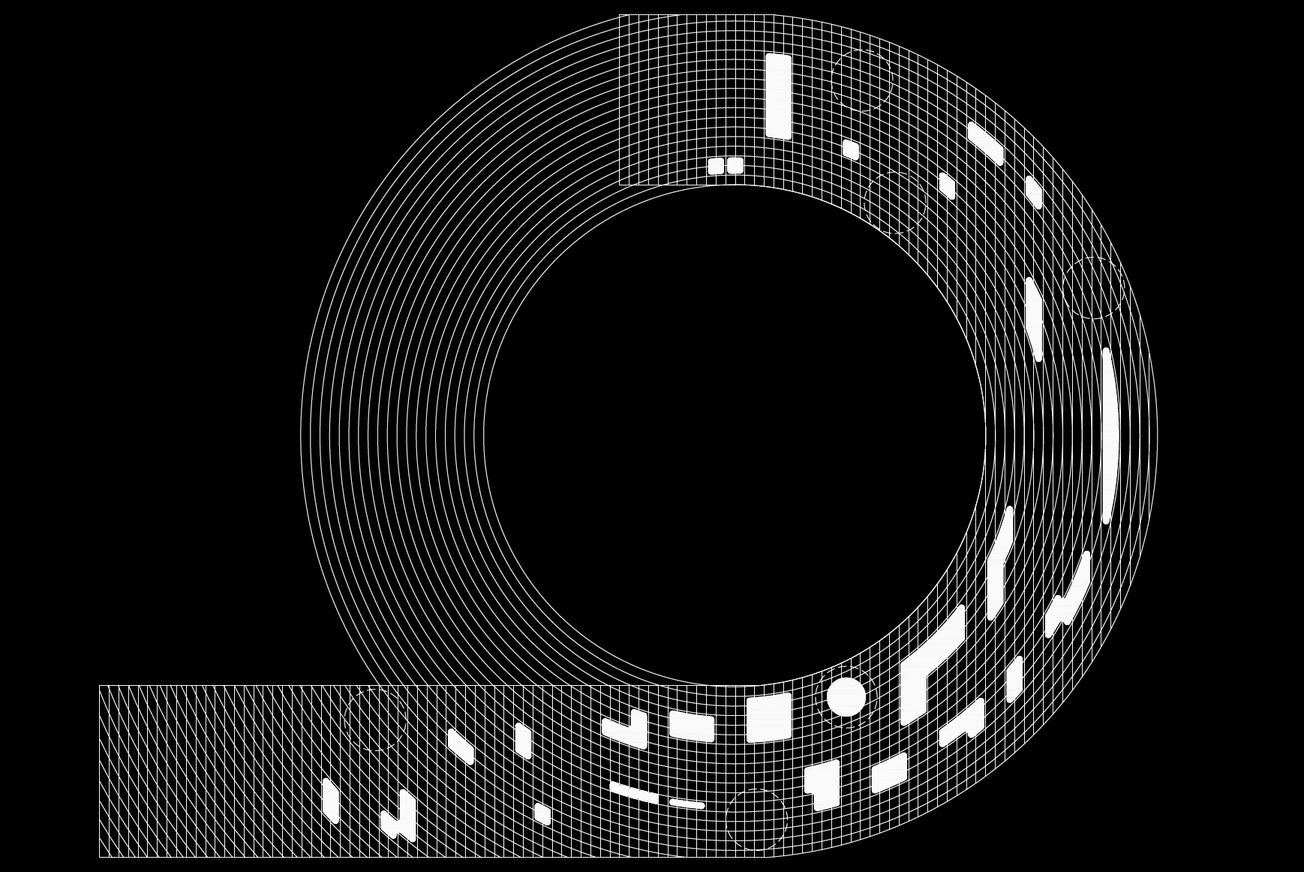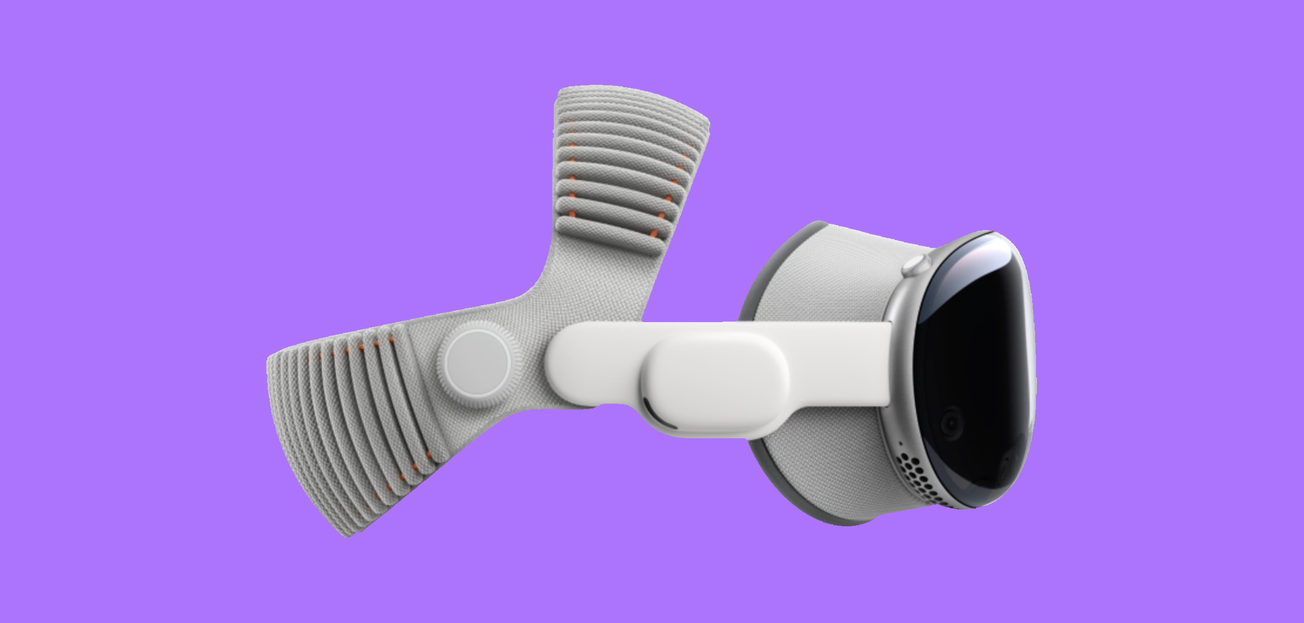At first glance, Ogene MIDI might appear to be another polished artifact amongst the vast array of contemporary speculative design. But step closer, make contact—literally—and it transforms. Designed by Nigerian-born artist and creative technologist Chidi Nwaubani (@chidi.co) for the Nigerian Pavilion at the 2025 London Design Biennale, Ogene MIDI is a bold act of translation. It turns the ancient rhythms of Igbo culture into a tactile, digital performance. It’s not just interactive—it’s insistently communal.
Central to the installation is the ogene: a traditional metal gong of the Igbo people from southeastern Nigeria. Historically, it’s been more than an instrument. Its sound signals gathering, mediates conflict, announces death, calls to dance. In Nwaubani’s hands, the ogene becomes interface—a symbolic and functional bridge between analog ritual and algorithmic generation. That ethos is the spine of Ogene MIDI, where digital sculpture doesn’t begin with code, but with connection.
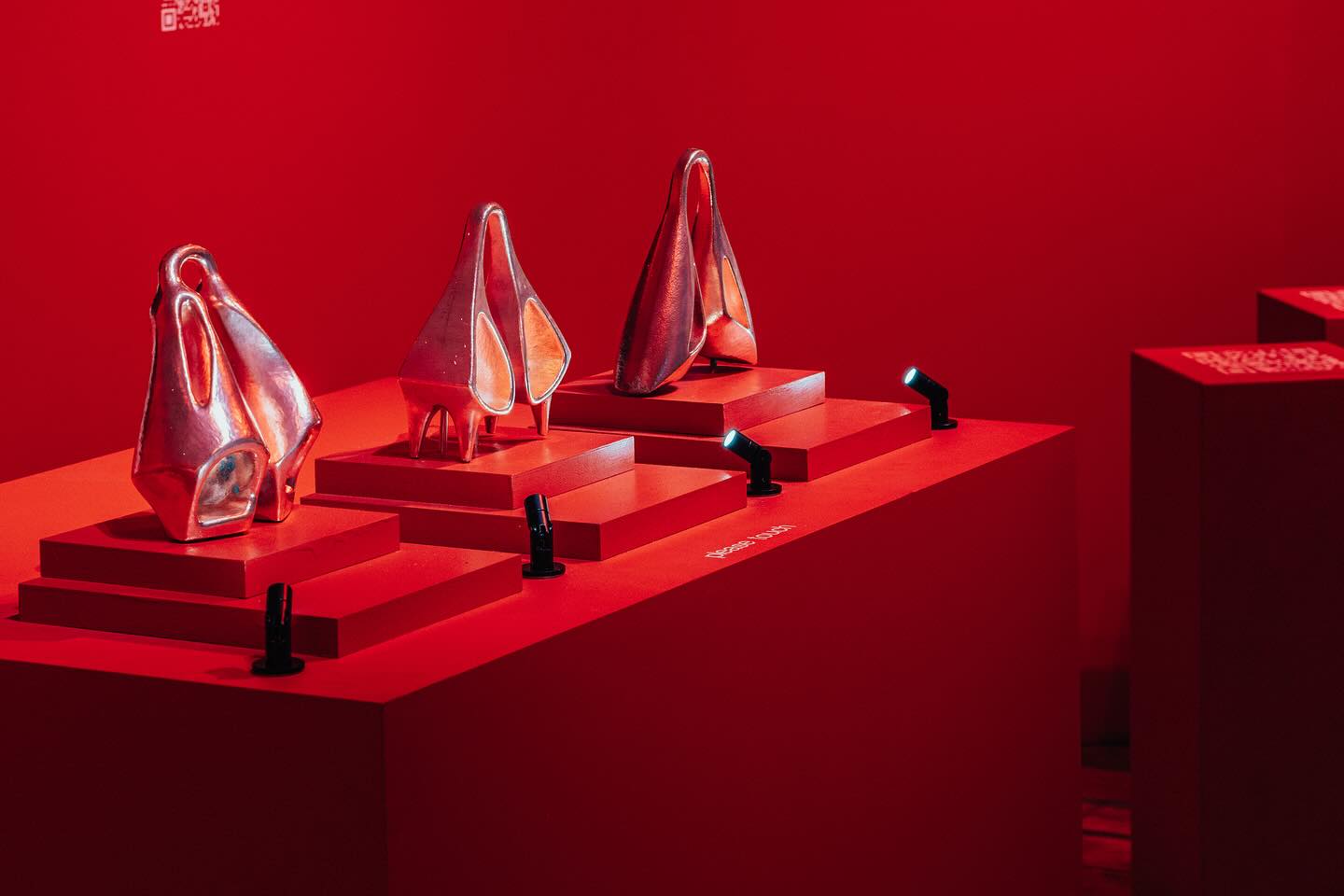
A System Rooted in Spirit
The installation itself is deceptively minimal: a sleek set of ogene-inspired interfaces embedded with capacitive sensors and connected to a generative system. When one visitor makes contact with the sculpture, it responds. When two or more participants touch the ogene—and each other—the system recognizes the shared input, triggering evolving forms on a screen overhead. These are not pre-rendered visuals. They’re live, algorithmically generated digital sculptures—emergent outputs that reflect not individual intent, but collaborative presence. This is what makes Ogene MIDI more than a digital gimmick. It’s a sonic and sculptural negotiation. The act of co-creation is encoded into the very DNA of the work, echoing an African philosophical tradition where the line between individual and collective, self and spirit, is fluid.
In many Igbo communities, artistic expression isn’t a solitary act of genius—it’s a communal happening, a shared rhythm that pulls participants into a space of mutual becoming. Nwaubani’s work channels this seamlessly into the digital realm. The ogene becomes MIDI controller, yes, but also cultural cipher, spiritual echo, and social conductor.
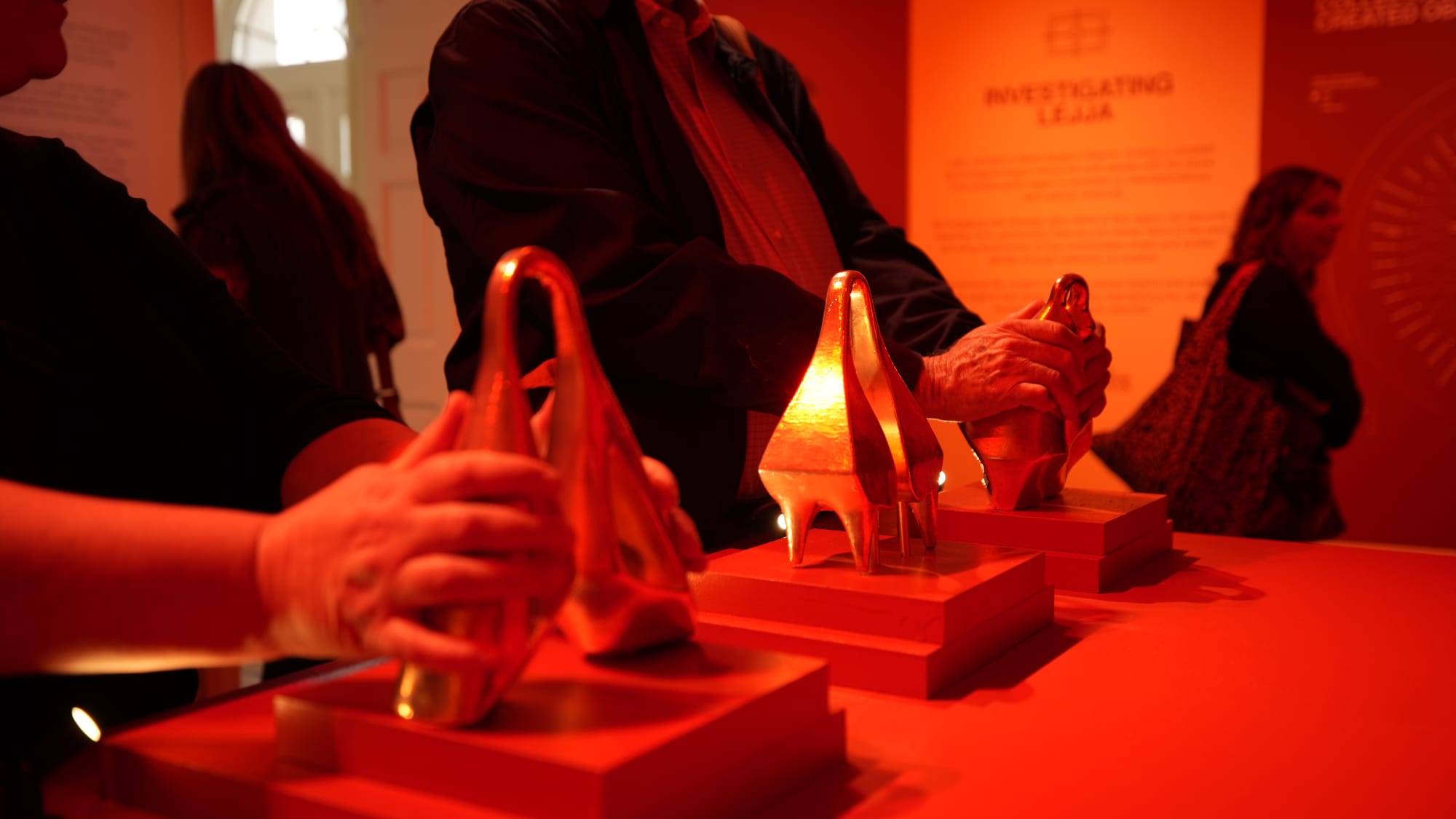
Between Worlds: Organic Meets Digital
Beneath its surface, Ogene MIDI is an impressive technical feat. The ogene is augmented with sensors that trigger real-time generative visuals.. Inputs are translated not into conventional sounds, but into morphogenic 3D forms—abstract but evocative, shifting with every new set of hands on the gong. The forms are stored, creating a living archive of collective gestures made across the exhibition’s duration.
But it’s not the tech that gives Ogene MIDI its depth. It’s the choice to reframe digital art through a culturally rooted lens—one that resists the fetishization of “newness” so often found in tech-art circles. This is not a Western remix of African forms; it’s an African epistemology expressed through contemporary tools. In doing so, Nwaubani sidesteps the trap of simply digitizing tradition. Instead, he invites participants into an embodied understanding of cultural logic.
Image Credit: Ogene MIDI, Chidi Nwaubani
The Politics of Gathering
There’s a subtle politics embedded in Ogene MIDI. In a world of hyper-individualized interaction, the installation refuses to activate for the solo user. You have to reach out. You have to be present with others. It’s a reminder of the importance of the collective.

At a time when social media platforms gamify attention and algorithmically tailor content to individual preference, Ogene MIDI breaks that paradigm. There is no ‘personalized experience’ here. There is only what can be built together, in the moment. It’s also a nod to the way design can articulate resistance—resistance to isolation, to disembodiment, to the erasure of African knowledge systems from conversations about innovation. In this sense, the installation operates as both artwork and argument: that collectivity is not a feature; it’s a foundation.
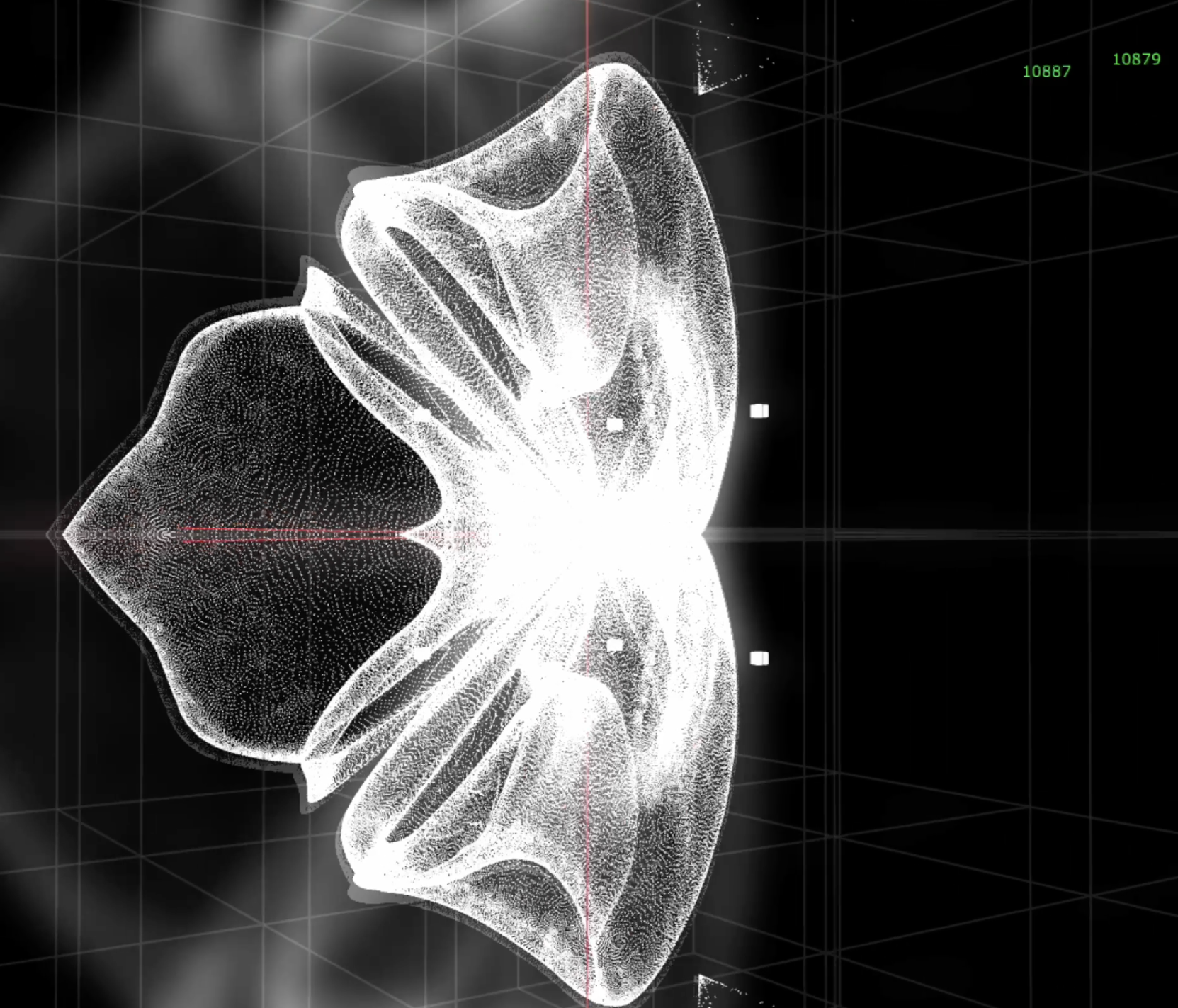
Designing from Elsewhere
Ogene MIDI doesn’t just foreground Nigerian cultural heritage—it reframes the conversation about where design futures come from. It imagines futures not through projection, but through ancestral recursion. And this may be its most radical gesture: to suggest that what’s coming next in design might not emerge from Silicon Valley, Berlin, or Tokyo—but from Nsukka, Enugu, or Aba. From elders and craftspeople. From gongs and gestures. From the communal rhythm of people coming together to make something neither could make alone.

Final Notes
Ogene MIDI doesn’t perform tradition—it regenerates it. In a design landscape increasingly obsessed with novelty and disruption, Nwaubani reminds us that some of the most profound technological insights come not from reinventing the wheel, but from reinterpreting the drumbeat.
And sometimes, that drum is a gong.

